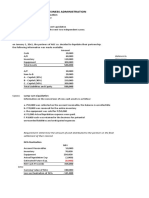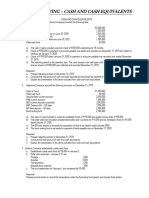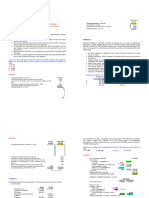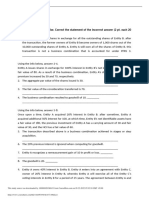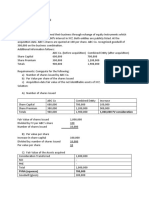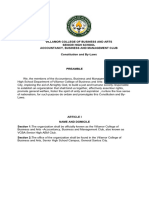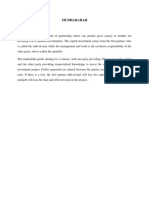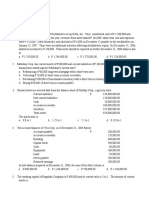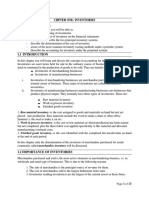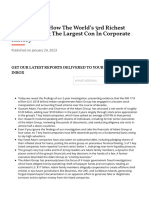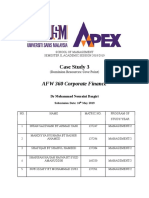0% found this document useful (0 votes)
1K views6 pagesChapter 1 Business Combination 2025
The document outlines the definition and accounting treatment of business combinations under IFRS 3, including the acquisition method and the treatment of goodwill and contingent consideration. It details the steps for identifying the acquirer, determining the acquisition date, and measuring the consideration given, as well as the differences in accounting for SMEs. Additionally, it provides examples and problems related to mergers, acquisitions, and the calculation of goodwill or gains on bargain purchases.
Uploaded by
Myfel Joseph ArcenoCopyright
© © All Rights Reserved
We take content rights seriously. If you suspect this is your content, claim it here.
Available Formats
Download as DOCX, PDF, TXT or read online on Scribd
0% found this document useful (0 votes)
1K views6 pagesChapter 1 Business Combination 2025
The document outlines the definition and accounting treatment of business combinations under IFRS 3, including the acquisition method and the treatment of goodwill and contingent consideration. It details the steps for identifying the acquirer, determining the acquisition date, and measuring the consideration given, as well as the differences in accounting for SMEs. Additionally, it provides examples and problems related to mergers, acquisitions, and the calculation of goodwill or gains on bargain purchases.
Uploaded by
Myfel Joseph ArcenoCopyright
© © All Rights Reserved
We take content rights seriously. If you suspect this is your content, claim it here.
Available Formats
Download as DOCX, PDF, TXT or read online on Scribd
/ 6















